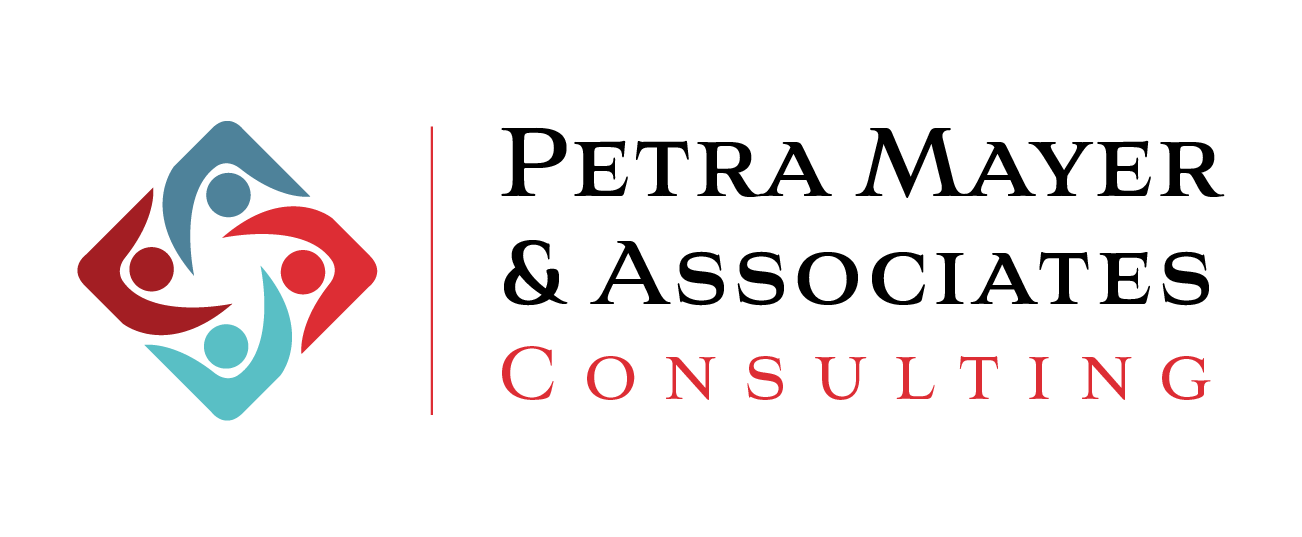Starting a new job can be an intimidating experience for any employee. Without a clear roadmap, it’s easy for new hires to feel lost or unsure about their role, which can lead to frustration and disengagement. Onboarding can address these challenges by providing structured, thoughtful processes that provide clarity, direction, and support from day one. Let’s look at why these early steps matter and how you can ensure your new team members are set up to succeed.
4 Elements of Effective Orientation and Onboarding Processes
What is onboarding, exactly? It’s the process of integrating new employees into your organization and providing them with the tools, knowledge, and relationships they need to succeed. It goes beyond orientation by focusing on long-term engagement and helping employees to excel in their roles. When done well, onboarding becomes a deliberate investment in your organization’s future. Research by Innovating Canada reports that effective onboarding can reduce turnover by 82%, yet Gallup’s 2017 State of the Workforce report found that only 12% of employees felt their organization did well in this area. Let’s explore the components that make a strategic and impactful onboarding process:
1. Strategic vs. Ad Hoc Onboarding
When onboarding is approached strategically, every new hire – whether in the office or remote – receives a smooth and consistent experience. On the other hand, ad hoc onboarding often results in knowledge gaps that leave employees feeling unprepared and disconnected.
2. Consistency Over Variability
Standardized onboarding processes provide a consistent experience for all employees, ensuring they have access to the same level of training, resources, and support. In contrast, onboarding that varies in quality and quantity – depending on the department, team, or manager – can lead to gaps in employee preparedness and satisfaction. Consistency reinforces fairness, builds trust, and helps align everyone with the organization’s values and expectation.
3. Balancing Role-Specific and General Onboarding
An effective onboarding program strikes the right balance between role-specific training and general organizational orientation. Generic onboarding introduces new hires to your company’s culture, values, and policies, creating a strong foundation for all employees. Role-specific onboarding, on the other hand, focuses on the unique skills, knowledge, and responsibilities needed for each position.
4. Compliance and Role Specific Orientation
A strong onboarding program combines compliance training with role-specific orientation. Compliance ensures new hires understand essential policies, regulations, and workplace safety, creating a baseline of accountability. Role-specific orientation builds on this foundation by focusing on the skills and knowledge tailored to their job responsibilities.
Components of a Successful Orientation and Onboarding Program
A well-rounded orientation program uses a mix of methods and activities to give new hires the tools and knowledge they need to succeed. This structured but flexible approach to onboarding includes:
- eLearning modules and introduction sessions: Providing digital training and in-person or virtual sessions to introduce company culture, policies, and procedures. These give employees a strong starting point.
- Team meeting participation: Encouraging new hires to join team meetings early helps them connect with colleagues, build relationships, and understand how the team works together.
- Case studies and practical scenarios: Sharing real-world examples helps new employees see how their role fits into the organization’s goals and day-to-day operations.
- Independent learning time: Allowing employees to review resources like webinars, documents, and action plans at their own pace promotes better understanding and retention.
- Regular check-ins with leaders and HR: Scheduling consistent reviews ensures new hires stay on track, get helpful feedback, and feel comfortable asking questions or addressing concerns.
- Gradual role integration: Introducing responsibilities step by step helps new hires build confidence and skills without feeling overwhelmed.
By combining these elements, an orientation program can set employees up for success and make their transition into the organization smoother and more effective.
The Role of Compliance Training
Compliance training is an important part of any onboarding program, setting the stage for employees to meet legal and organizational standards. It covers important topics like Occupational Health and Safety (OHS), Accessibility, Diversity, Equity, and Inclusion (DEI), and Privacy. Introducing these areas early ensures new hires understand their responsibilities and the expectations of their roles, helping to build a workplace culture based on accountability and respect.
Using an LMS can make delivering compliance training much easier. An LMS automates training modules, tracks employee progress, and sends reminders to meet compliance deadlines. It also simplifies reporting, providing clear insights into training completion rates and making it easier to demonstrate compliance during audits.
A Personal Story from Our Founder
“On my first day at a previous organization, I found a detailed two-week onboarding plan waiting for me. It outlined scheduled meetings, training sessions, and introductions to key stakeholders. This thoughtful preparation immediately made me feel valued and gave me the confidence I needed in my new role. Within days, I had built meaningful connections across the organization and gained a clear understanding of how to collaborate effectively. It was a powerful example of how a well-planned onboarding process can set the stage for success.”
Petra Mayer, CEO and Lead Consultant
Case Study: Effective Orientation for a Non-Profit Organization
We partnered with a non-profit to overhaul their onboarding process, creating a tailored compliance training program addressing critical needs like Occupational Health and Safety (OHS), Privacy, and Security, with plans to add Accessibility training for greater inclusivity.
The program ensured all new hires completed the training as part of onboarding, with progress tracked and reported to leadership. This oversight reinforced accountability and provided insights into training effectiveness. To maintain compliance, we introduced annual refresher courses to keep employees updated and reinforce best practices.
The impact was clear: reduced compliance risks, improved legal adherence, and increased employee confidence and engagement. A transparent compliance policy minimized resistance and strengthened alignment with the organization’s values.
By embedding safety, integrity, and inclusivity into their onboarding, the organization built a culture of accountability and trust, improving the employee experience and advancing their mission.
One of the risks in this organization and many others is that the burden of ongoing compliance training and the common resistance to repetitive training annually may impact the business decisions of continuing the training in regular intervals. That puts risks on compliance and employee training levels. Any organization that starts compliance training projects needs to be aware that internal objections might arise and address them early on by aligning the business leadership in the project at its onset.
Final Thoughts
By creating a foundation for engaged, confident, and productive employees, you set the stage for long-term growth.
Standardizing processes, integrating compliance training, and offering role-specific onboarding ensures every new hire feels supported and prepared.
Is it time to reevaluate your onboarding experience? Let us help you design a solution that’s customized, engaging, and scalable. Get in touch with us today.

